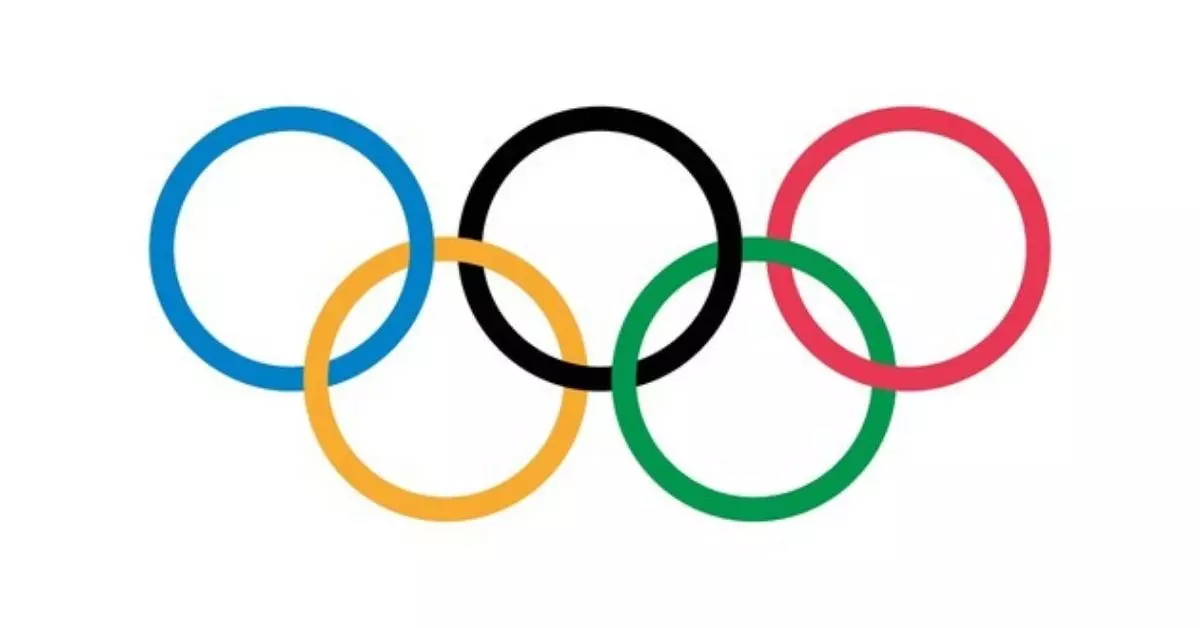Olympics-Facts
What do the Olympic Rings represent?
The Olympic Rings were created by a French educator and historian, Pierre de Coubertin in the year 1913

Olympics Rings (Source: Olympics.org)
Whenever someone mentions Olympics, the very first thing that pops up in one's mind is the Olympic Rings. Those five differently-coloured interlaced rings have been synonymous with the Olympics for more than a century now.
Who created the Olympic Rings?
The Olympic Rings were created by Pierre de Coubertin back in the year 1913. A French educator and historian by profession, de Coubertin was the founder of International Olympic Committee (IOC) and was its second president. He is also widely regarded as the father of modern Olympics.
History of the Olympic Rings
The Olympic Rings was first presented to public in the year 1913. The design of the rings was pretty simple. Five rings against a white background. The five rings were interlaced and coloured blue, yellow, black, green and red if one looks from left to right.
The rings were first used at the Olympics during the 1920 Antwerp Games. The IOC tweaked de Coubertin's original rings slightly and approved a new version of the rings in the year 1957.
In the year 1986 the IOC Graphics Standards announced a description of how the official version of the Olympic Rings with space should be produced. While in the year 2010 after the approval of IOC Executive Board, the Olympic Rings returned to its original form as designed by Pierre de Coubertin.
The Official Versions of Olympic Rings
There are a total of seven official versions of Olympic Rings. While the full-colour version of de Coubertin symbolises the universality of Olympism, the monochrome version of the rings serves as an alternate to the full-coloured version.
Olympics Rings - Full Colour Version (Source: Olympics.org)
The other versions includes – blue coloured rings against white background, yellow coloured rings against white background, black coloured rings against white background, green coloured rings against white background, red coloured rings against white background and white coloured rings against black background.
Significance of Olympic Rings
According to Pierre de Coubertin himself, the Olympic rings represent the universality and the spirit of Olympism. The five rings represent the world and the six colours including the white background represents the colour of flags of all the nations in the world without any exception.
Besides according to the Rule 8 of Olympic Charter, the Olympic Rings expresses the activity of Olympic movement and embodies the union of five continents and the meeting of athletes from across the globe at the Olympic Games. While the blue ring represents the European continent, the yellow ring represents Asia. On the other hand, black, green and red represents Africa, Australia and America respectively.
